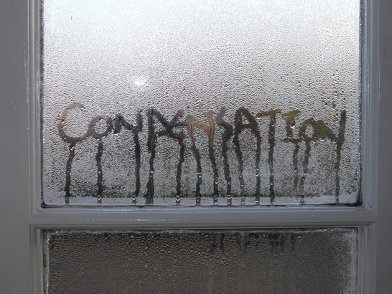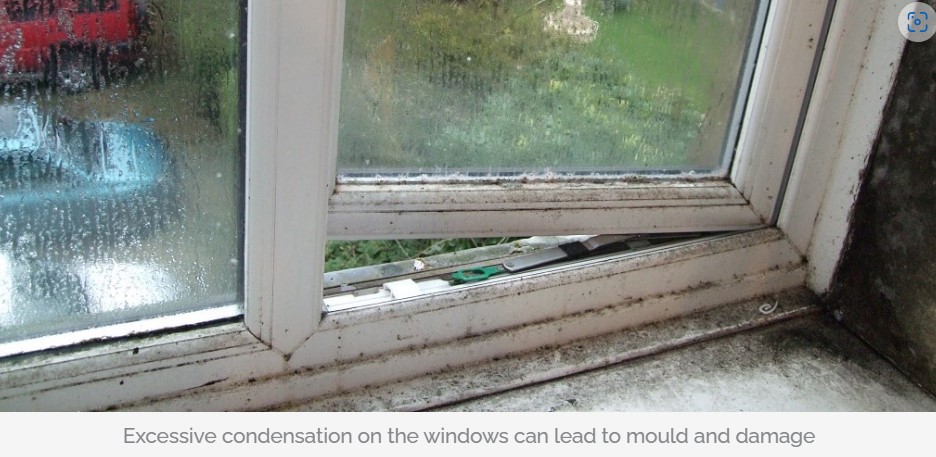- Home
- My services
- My home
- My community
- About Us
- News
- Contact us
- Accessibility information
Condensation and Mould
Dealing with condensation and black mould

CONDENSATION and MOULD - What is it and what can I do about it?
Condensation can occur at any time of the year but is most common during winter. It is important that you are aware of the
possible causes and symptoms of condensation so you can identify any problems easily and report any concerns to us.
What is condensation?
Condensation is the moisture caused by everyday living. Moisture is absorbed into the warm atmosphere of your house and
when the house cools down the moisture rests on cool surfaces resulting in condensation. It can sometimes be confused with
rising damp or penetrating damp.
SOME FACTS ABOUT CONDENSATION:
- It is the most common damp issue in the home and is often caused by cooking, baths and showers and washing and drying clothes indoors
- It is further exacerbated by inadequate heating and ventilation in the home
- It is seen as black mould or mildew on surfaces or clothes, or as areas of spoiled paintwork
- If left untreated it can result in serious cases of wet and dry rot to timber
Ways to tackle condensation - CLICK HERE TO DOWNLOAD OUR GUIDE
- Ventilate your home as much as possible by opening windows, trickle vents or, if you have extractor fans in the home, ensure they are in working order
- Wipe any moisture from windows
- Keep kitchen and bathroom doors shut, particularly if you are cooking, washing, or taking a bath or shower
- Try to dry clothes, wherever possible, outside. If you are drying clothes indoors, open a nearby window to allow air to circulate otherwise condensation will increase
- If you have an extractor fan in your kitchen or bathroom then use it when you are cooking or having a bath or shower
- Vent a tumble dryer to the outside, unless it is a self-condensing type
- Keep your home warm and during very cold weather it is better to leave the heating on during the day to maintain an even temperature
- Try not to allow saucepans and kettles to boil for longer than is necessary. Always put lids on saucepans (this also helps you save energy)
If you don’t have an extraction fan in the kitchen and / or bathroom, please contact us and we can arrange a visit by an electrician to confirm if they can be installed.

Preventing Mould:
- To prevent mould, make sure that you control condensation in your home
- If you notice mould growing you should treat it straight away to stop it from spreading and causing more damage
- Sterilise the affected area with a suitable fungicidal wash (available from most DIY stores). Keep checking the affected area for at least a week. If mould reappears, wash it down again with the fungicidal wash to make sure the area is thoroughly sterilised
- If treatment appears to have been successful, you can carry out any necessary redecoration
- Mould or mildew growing on clothes should be dry cleaned
- Don’t disturb mould using a brush or vacuum cleaner as you can risk increasing respiratory problems.
 01475 788887
01475 788887
